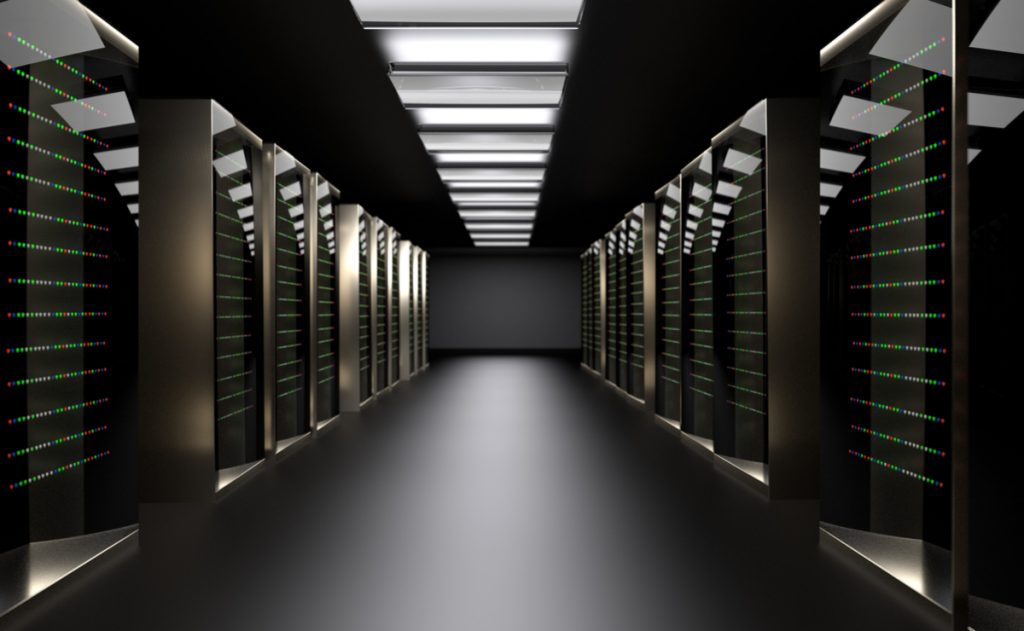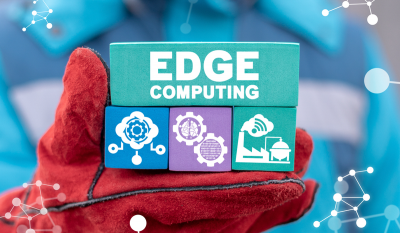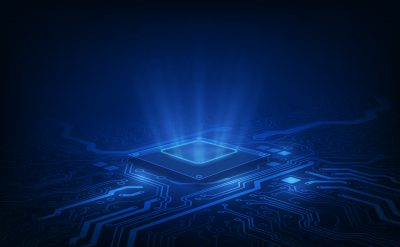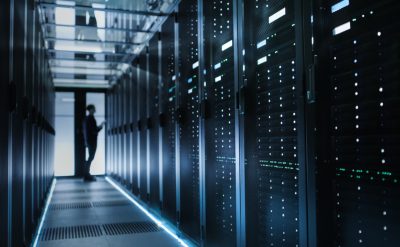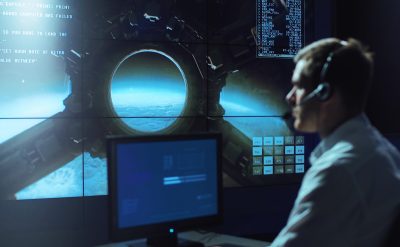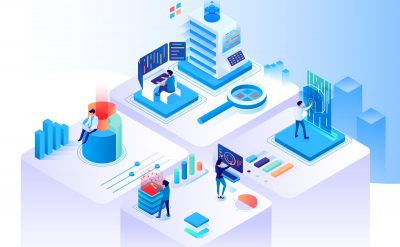The next generation data center is driving the wave of digital transformation. With specialized data centers that can house centralized resources such as servers, storage, networking, telecommunication services, and software systems. The data center is a physical facility that the enterprises use to house their critical applications and information. Data center technology is not a short term goal setting that can be adopted; the enterprises need to maintain reliability and security. Data centers are often referred to as a single entity that encompasses several of the technical elements such as routers, switches, security devices and many more modern day critical applications. The third-party data center providers need to manage business-critical innovations that can ease the manual process and also induce new technologies to improve the operational process. The next waves of innovation for the data centers are still arduous to predict. With the already massive number of solutions that ease the process of adopting and deploying of applications and software on the data center. The data center development technology has moved much faster compared to any other technology that was just implemented a decade ago, even the development of major application technologies that can improve the data center operational requirements. The next wave of the data center will depend on improving the power consumption, the temperature maintenance of the data center and the design approach for the data center to make it more dynamic to reduce the wiring complexity.
Power Consumption
With an increase in the data center capacity and demand for faster servers has also increased the demand for power. Enterprises are rapidly adopting cloud solutions from the third party cloud providers and also proliferating the business workload that is required for mobile and online services. However, the power consumption prediction over the years hasn’t been accurate from 2005 to 2010 the power consumption for the data center will increase by 100 percent however the increase was only about 36 percent. The main reasons have been the increased influence of virtualization and economic factors.
Server designs are also being influenced by the primary objective to create energy efficient servers and also improve the reliability of the server even if the temperature rises. It’s not just a matter of making an efficient data center, the enterprises must be aware of the energy cost. Servers are now more energy-aware and also be able to mitigate the power usage when the workload is already idle. The previous generation of servers may have used 400 watts while in the working condition but now they use more than 60 to 70 percent even during the idle state. The improved energy efficiency is a lot more imperative as the power costs around 20 to 30 percent of the revenue investment. Currently, the idle server will only cost only 25 to 50 percent of the total power. The next generation of servers will consume almost 5 to 10 percent of power when idle the aim will be less than 1 percent. Virtualization is also influencing the server designs that in-turn will be affecting the data center cooling. The servers are also incoming with the purpose of built-in solutions that will satisfy the data center cooling needs.
Cooling System Improvements
In spite of no new cooling technology has emerged for the data centers, the deployment of new cooling technology can improve the cooling system and also apply the alternative cooling methodologies to make the data center energy efficiency. One of the prime examples of alternative technology is the importance of using the variable frequency drives for the fans that can improve the cooling process. The motor is either on or off but inducting the variable speed can save the energy significantly. Proper airflow will be one of the critical attributes for future data centers. A careful evaluation of the airflow, data center components can effectively build a complete end to end solution to reduce the power requirement for the airflow. An improved cooling system can reduce the power consumption from 20 to 25 kW to a mere 5 to 10 kW power.
Operational Satisfaction
Next generation data centers can reduce the power and cooling demands significantly. It’s also possible that the traditional cooling systems might be completely removed from the data centers. Cooling cannot be just a passive solution; it has to more aggressive towards introducing the dynamic solutions of cooling. One of the major reasons why many of the cooling options aren’t still implemented is a requirement of operational solutions aren’t still satisfied. Although many of the enterprises that need data centers will soon move towards the third party providers to improve infrastructure efficiency and also enhance the scalability of new technologies. This also means that the construction of the new data centers will still be going strong and operational requirements for security, privacy and data control will still be important.
A Large Number of Smaller Facilities
The increased demand for data centers to improve efficiency has even prompted some of the providers to build smaller data centers at various locations. Large providers like Google and Amazon that build large data centers can be highly ineffective over power consumption. Design the data centers that are smaller and distributed to maintain the computing and storage solutions for the users.
Designing Future Data Centers
The data center is being designed to power the data centers and also cool the rack by densities that are comparatively a smaller fraction of the load being handled at a time. Currently, the already planned power consumption of the data centers is 20 kW and now it’s been reduced to 2 kW. Also allowing the IT admins to design the data centers can be a major problem when you want to make the total solution power efficient, either a developer with a design and cloud experts can help you improve the current design facilities. Traditional IT admins undermine the power consumption and the design will be more structural rather than being efficient.
Conclusion
Future data centers will not be just a complete fictional solution. It will be more towards the operational requirements of efficiency and reduction in power consumption based solution. Different technologies from different industries and design factors will combine together to improve power consumption.
To know more about the data center solutions, you can download our whitepapers.































































